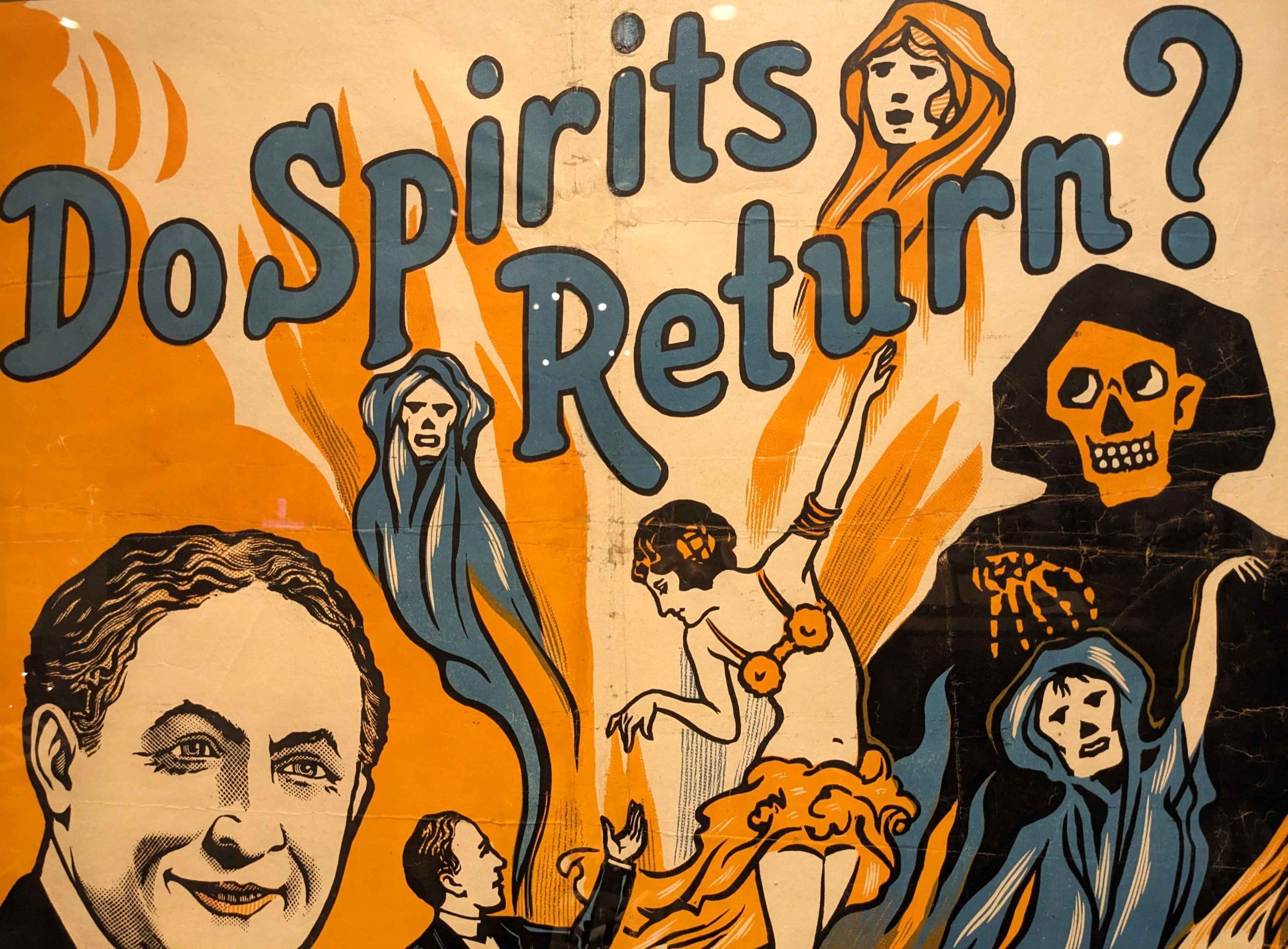Reflecting on the brief time we spend as graduate students visiting Medford’s Tufts University campus for its acclaimed Museum Studies program–only the slightest bias here, I swear–has impressed the need to leave something of value to successive matriculants. By the time we don our cap and gown we hope that our trajectory has been clarified, even if only slightly, amidst the labor and time given to Tufts. In two short years we’ll have persevered through rigorous coursework to earn our degrees, all while balancing internships, second (or third) jobs, relationships, and myriad other responsibilities that encroach on our already precarious schedules.
While academics may hone our knowledge base, what I aim to impart and implore during my year as an editor of this blog is to consider the communities we build while students here. We may become great scholars by burying our heads in the stacks, which we should certainly do, but I think we become something more when we take our passion for museums outside of the classroom. Acknowledging that we all have different hopes for our post-graduate careers, I would argue that the people we meet and the connections we forge are of similar value to the diploma that awaits us at the end of this journey. How do we know which of the innumerable career paths in museums we should strive to find experience in? What are the pitfalls of each field, and where should we begin? Museums often seem like impenetrable fortresses where getting your foot in the door is a near impossibility. Where should we seek that first internship or volunteer experience? This is the benefit of your community.
Rather than being a perfectly reciprocal exchange of time and communication, this may be almost unidirectional. For a time, at least. The people that you build connections with now may become your colleagues (and hopefully friends) in the future. More importantly, however, and our seasoned museum professionals know this too, we pay it forward, and thus our community grows. I was told by a mentor recently that they never deny a request for advice, a conversation over coffee, or a call to review a paper (within reason). It may take a day, a week, a month, but they’ll get to it. Just as they sought guidance years ago before settling fully into their museum role, they’ve now taken up that mantle for others. And so we will, too, as we embark on our post-graduate museum careers.
In the interest of paying it forward to current museum studies graduates, those recently graduated, and those soon to matriculate, my project unfolding here in the next year will be a series of interviews. Our professors know the impact that guest speakers have on aspiring museum students, and bring in exceptional people from across the field to instruct and inform. In these posts–every third week on the blog–I hope to bring some insight on a variety of fields with the graduate student audience in mind. Guests will represent different areas in the museum such as education, collections, and curation, to provide a variety of perspectives. Reflecting my own newly built community, these interviews will be art forward, but I hope the wisdom these professionals impart can speak to the museum field as a whole. Conversational and with a touch of levity, these interviews aspire to be an indelible resource for future Tufts University Museum Studies students.
Our first interview will be with the curator, art historian, writer, and educator, Laurel V. McLaughlin, PhD, current Curator and the Director of the Collective Futures Fund at Tufts University Art Galleries. Stay tuned!




